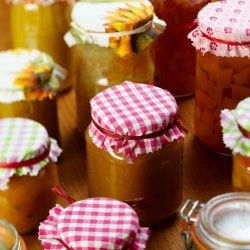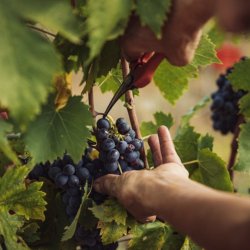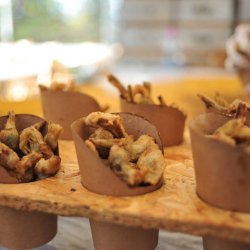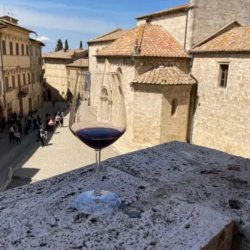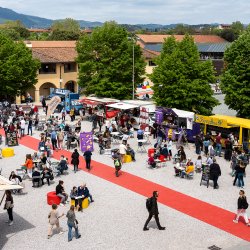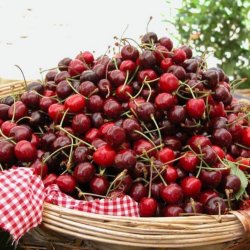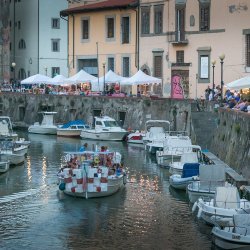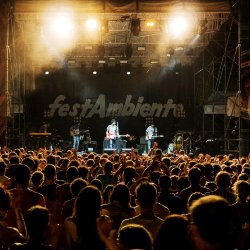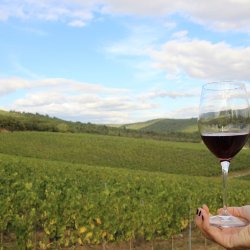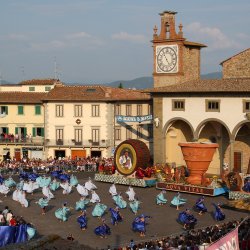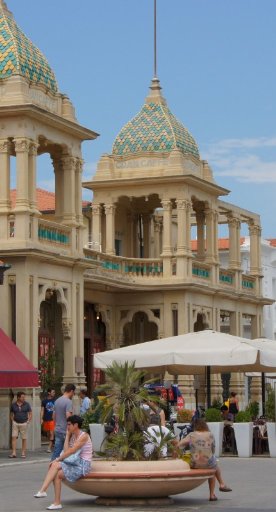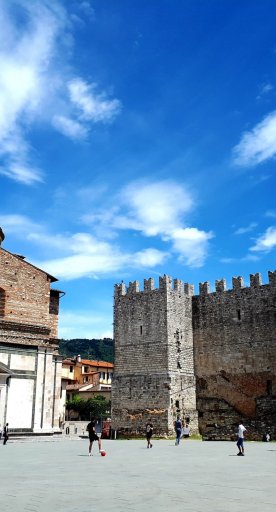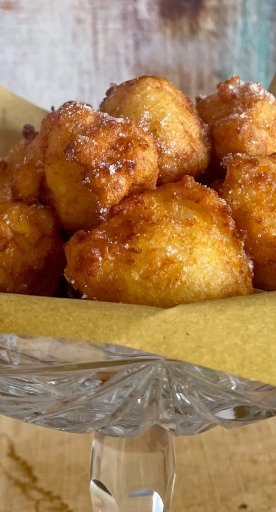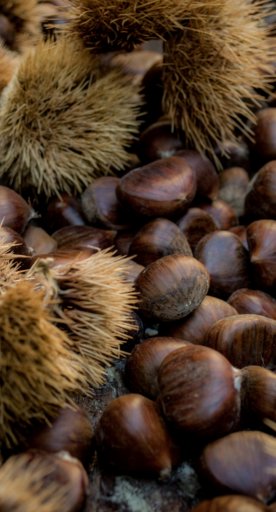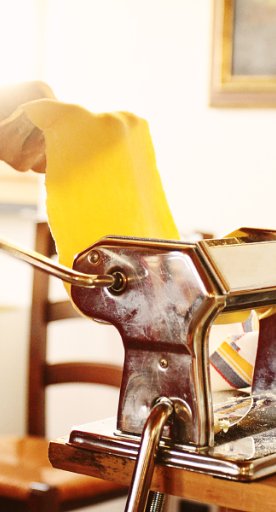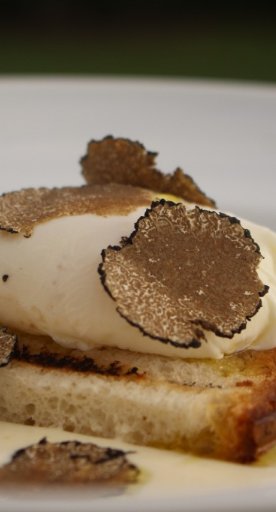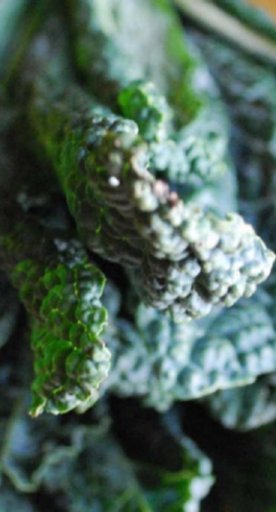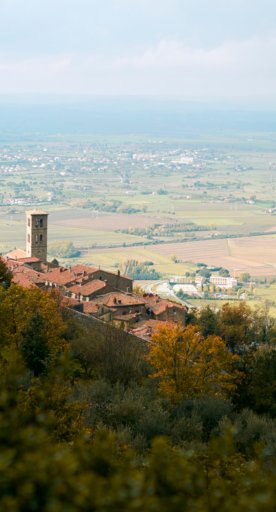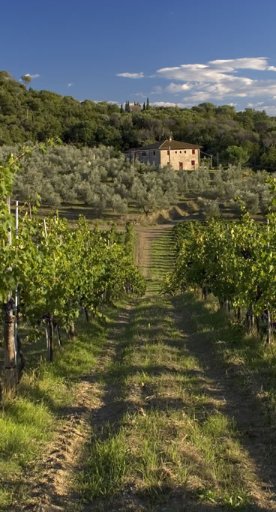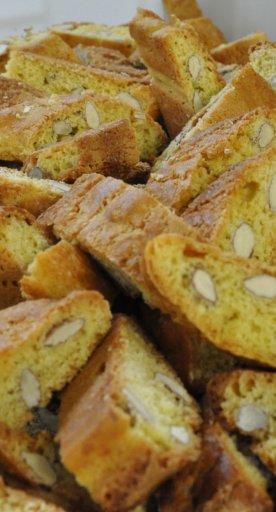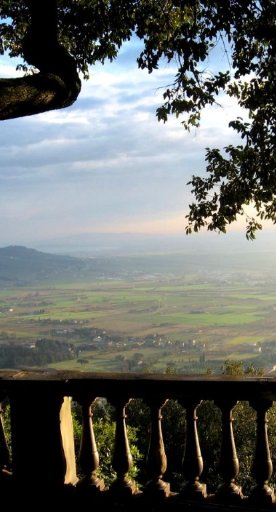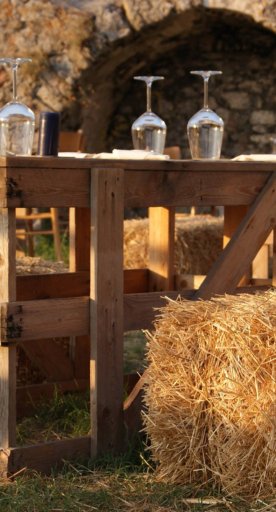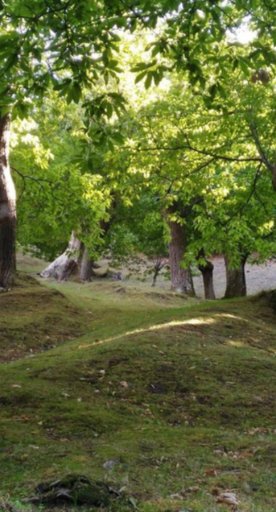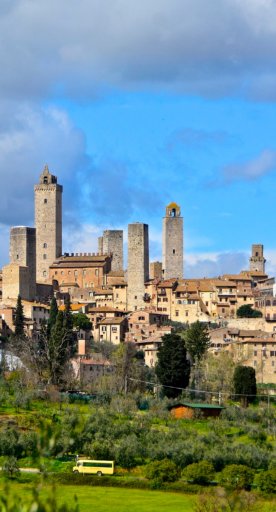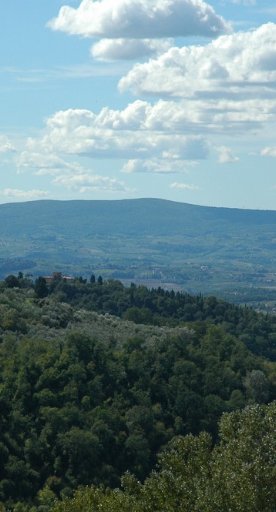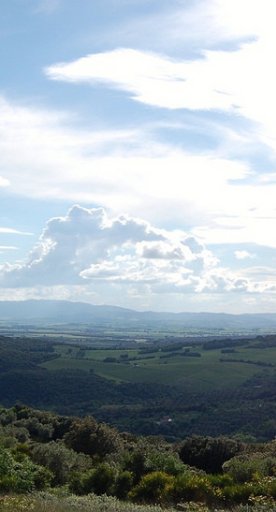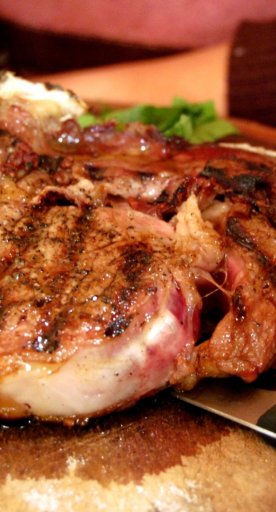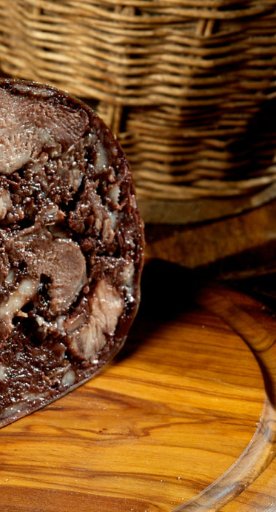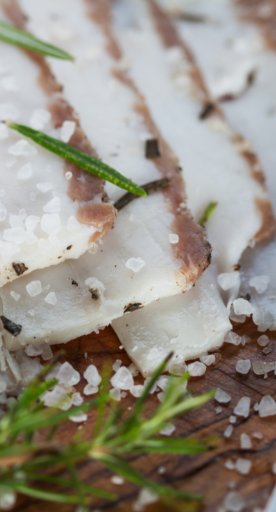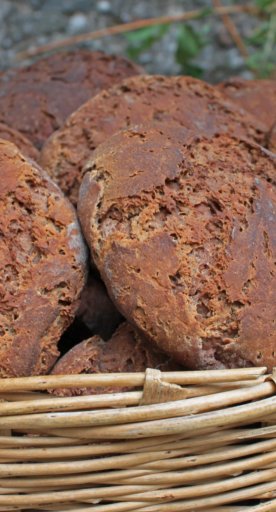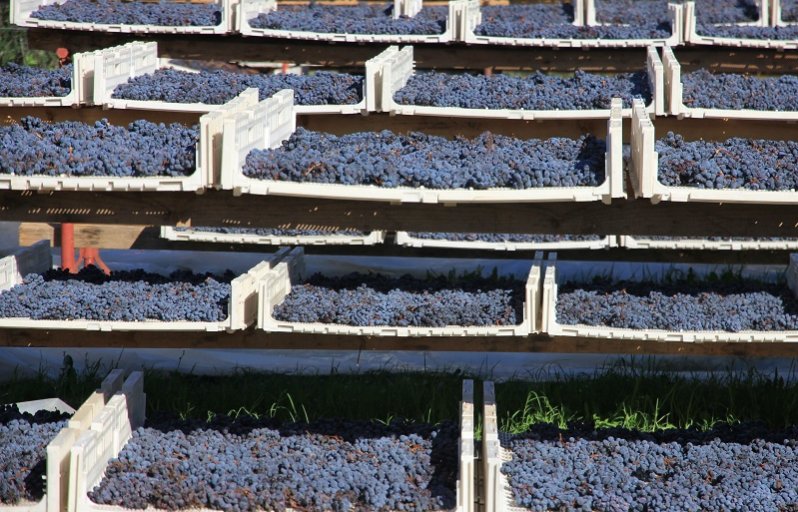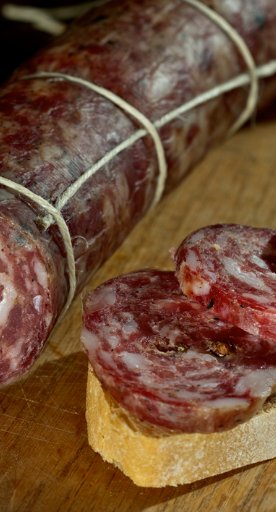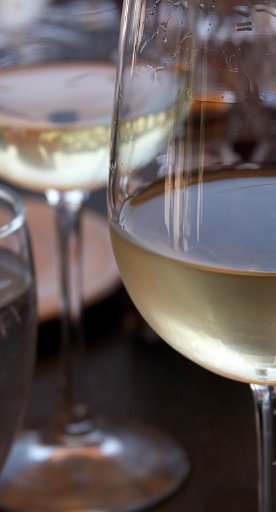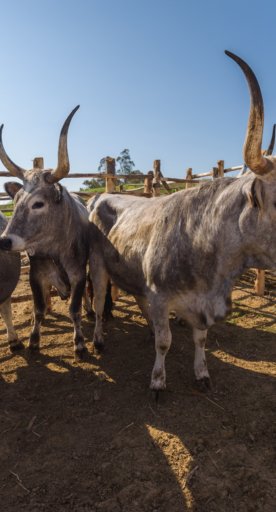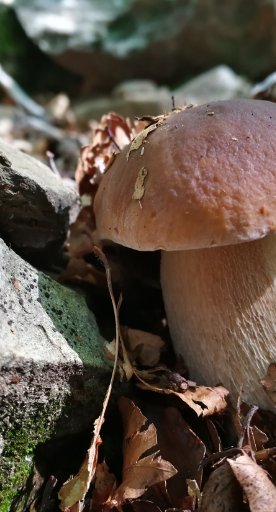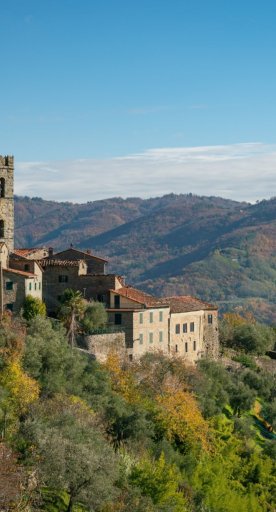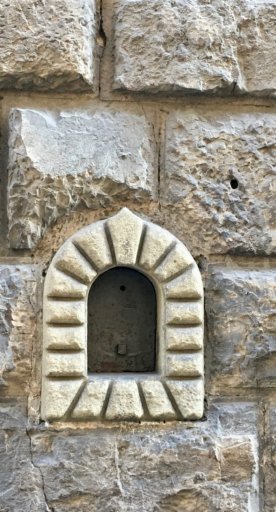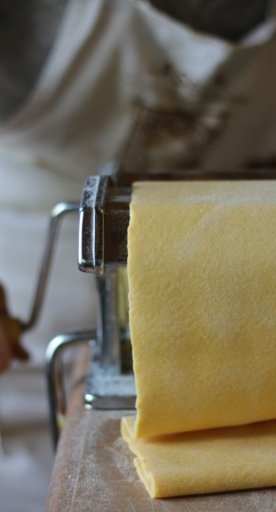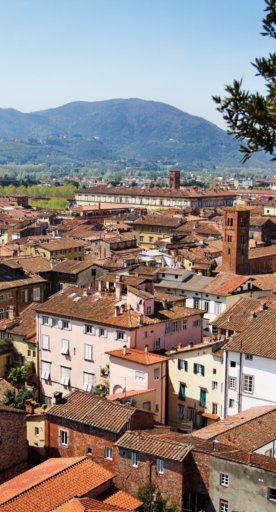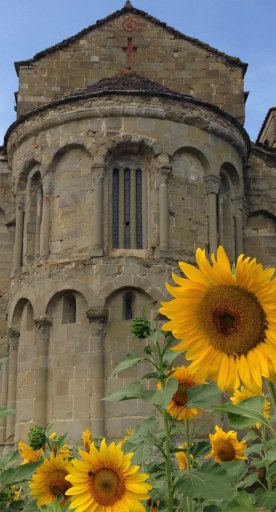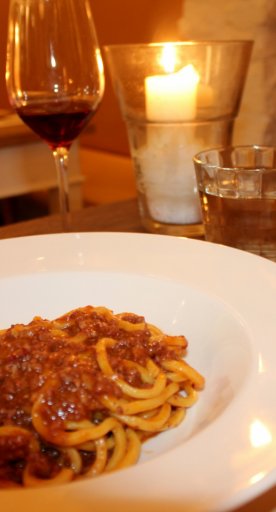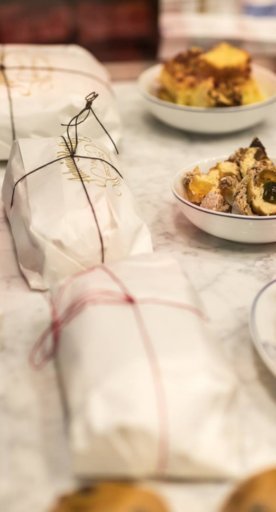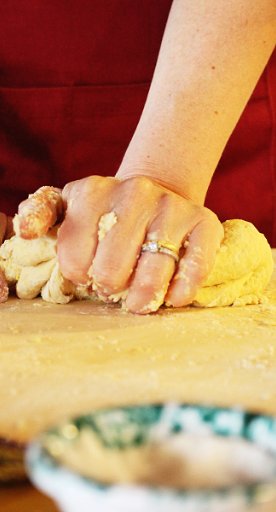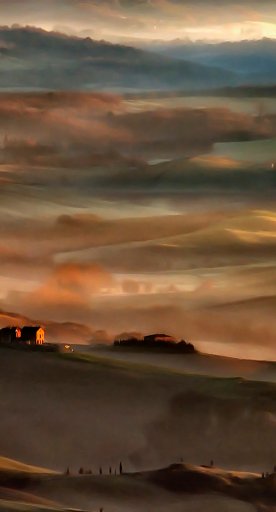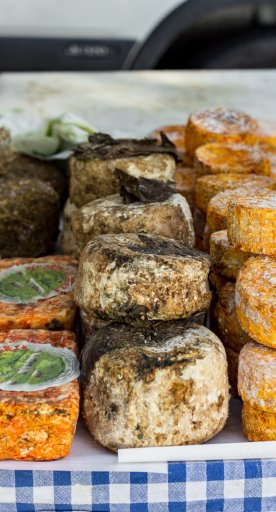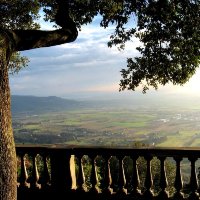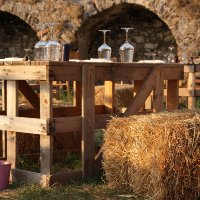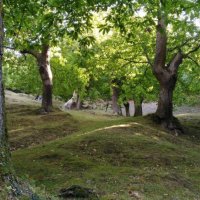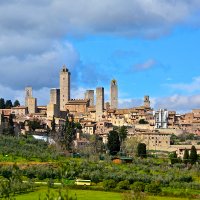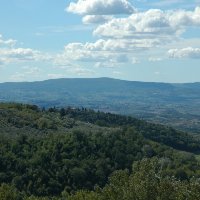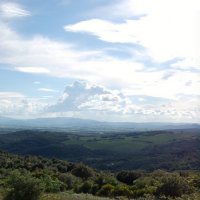Florence's Historic Cafes
The elegant meeting places of the great intellectuals of the 20th century
Florence's historic cafes represent one of the most interesting and original pages of the city's history. At the tables of these elegant cafes the great Italian intellectuals of the 20th century used to gather to share moments of inspiration, discussion, and political and cultural controversy. Artistic movements and well-known literary journals saw the light between a café and a newspaper, between a counter and a cup of coffee.
Alongside these in the city are other establishments that have spanned the centuries, arriving to the present day laden with their history and tradition.
-
1.Caffè Bianchi
-
2.Caffè Concerto Paszkowski
-
3.Caffè Gilli
-
4.Le Giubbe Rosse
-
5.Procacci
-
6.Rivoire
-
7.Robiglio
-
8.Vivoli Piero Il Gelato
Caffè Bianchi
This historic establishment was opened by Pasquale Bianchi in 1920 as a contract tender (tobacco, grocery, colonial and coffee shop) at No. 8/r Piazza S. Felice, and is one of the oldest tobacco shops in Florence. In 1929 his son Bruno moved the premises a few meters down the road, to No. 5/r, adding the sale of pastries and wines. A small coffee roasting plant also operated on the premises, flooding the entire neighborhood with its aroma. After Luciano, Bruno's son, it is now Jacopo Bianchi who manages his great-great-grandfather's establishment. In 1996 the Café was renovated, maintaining the original furnishings and style, the pink marble counter and wrought-iron display cases.
Caffè Bianchi
Piazza San Felice, 5/r
Caffè Concerto Paszkowski
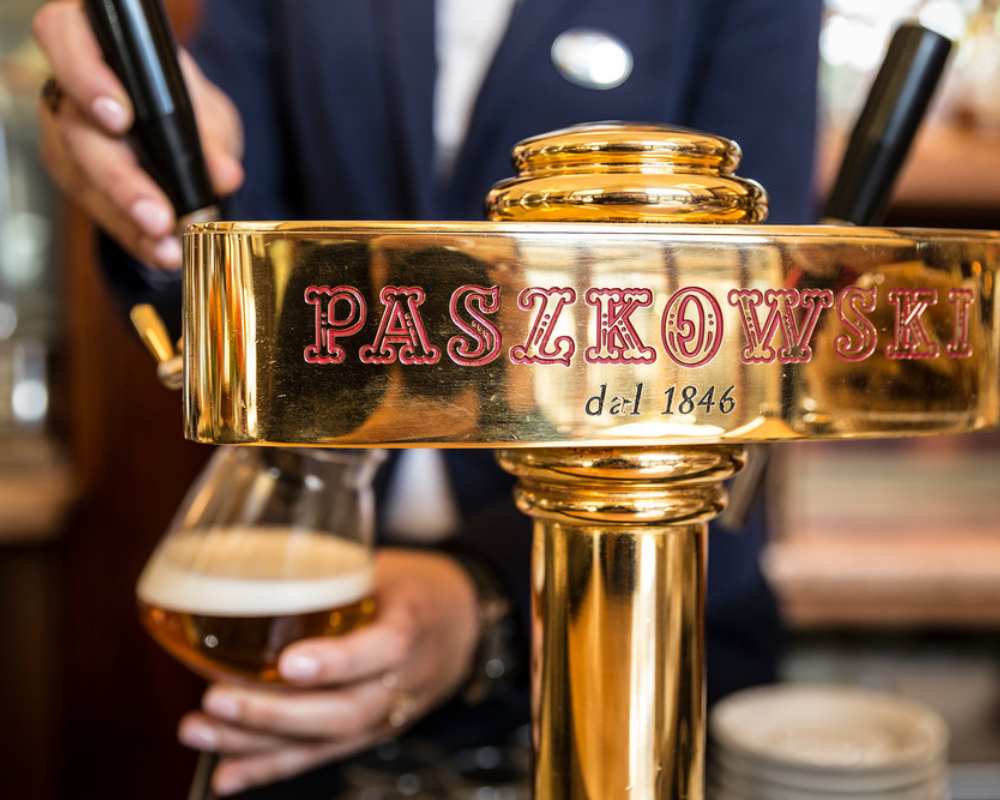
Founded in 1846 as Caffè Centrale, in 1904 it passed to the Polish Paskowski family, which initially turned it into a Viennese-style beer hall. In the early decades of the 1900s it was a key player in the city's cultural scene, a meeting place for the literati and artists who revolved around the magazines La Voce, Lacerba and Il Selvaggio. In 1947, after the war, it was modernized and once again became a meeting place for poets and intellectuals. The beautiful, early 20th-century-style rooms also hosted conventions and fashion shows. In 1991 the venue was declared a National Monument.
Caffè Concerto Paszkowski
Piazza d. Repubblica, 31-35/r
Caffè Gilli
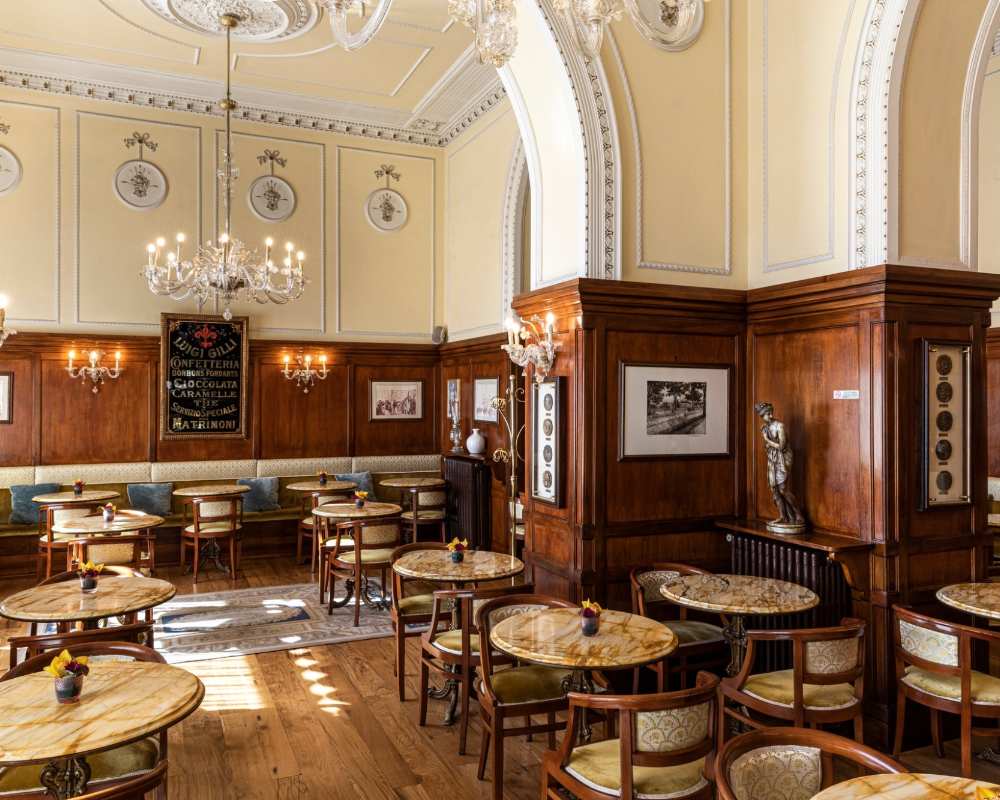
Another of the historic establishments overlooking Piazza della Repubblica. In 1733 the Swiss Gilli family opened the confectionery/pastry store "La Bottega Dei Pani Dolci" at Via Calzaiuoli. Following the creation of Piazza Vittorio Emanuele in the late 19th century, the establishment was moved to Via degli Speziali, opposite the Trianon, a famous café-chantant. In 1890 the establishment passed to the Frizzoni, another Swiss family. In the 1920s Gilli moved to its present location, becoming one of the most fashionable literary cafés, frequented by artists and intellectuals of the time, particularly those belonging to the Futurist movement. The elegant interior and perfectly preserved furnishings date from those years and are the only remaining example of a Belle-Époque café in the city. Of particular interest are the main counter adorned with bronzes in neo-classical style, made in the famous Coppedé workshop, and the four plafonds on the ceilings, portraits in stucco frames by Ezio Giovannozzi.
Caffè Gilli
Piazza della Repubblica, 36-39/r
Le Giubbe Rosse
Perhaps the most famous and lively of Florence's literary cafes. It was founded in 1897 as the "Reininghaus beerhouse" by two brothers of German origin; the name "Le Giubbe Rosse" came at a later time and recalls the uniforms worn by the waiters, inspired by the Viennese fashion of the time. Its notoriety is linked mainly to the Futurist movement, of which it became the "home": the main representatives met here, the most heated discussions took place here, and the famous brawl between Marinetti's Milanese Futurists and the Florentine artists gathered around the magazine La Voce took place here. In La Voce Ardengo Soffici published an article attacking his rivals. Its importance continued in later years, up to World War II, as a meeting place for Eugenio Montale and representatives of Hermeticism, as well as young Florentine painters who were followers of Ottone Rosai and Primo Conti.
Currently closed for renovations.
Le Giubbe Rosse
Piazza della Repubblica 13-14/r
Procacci
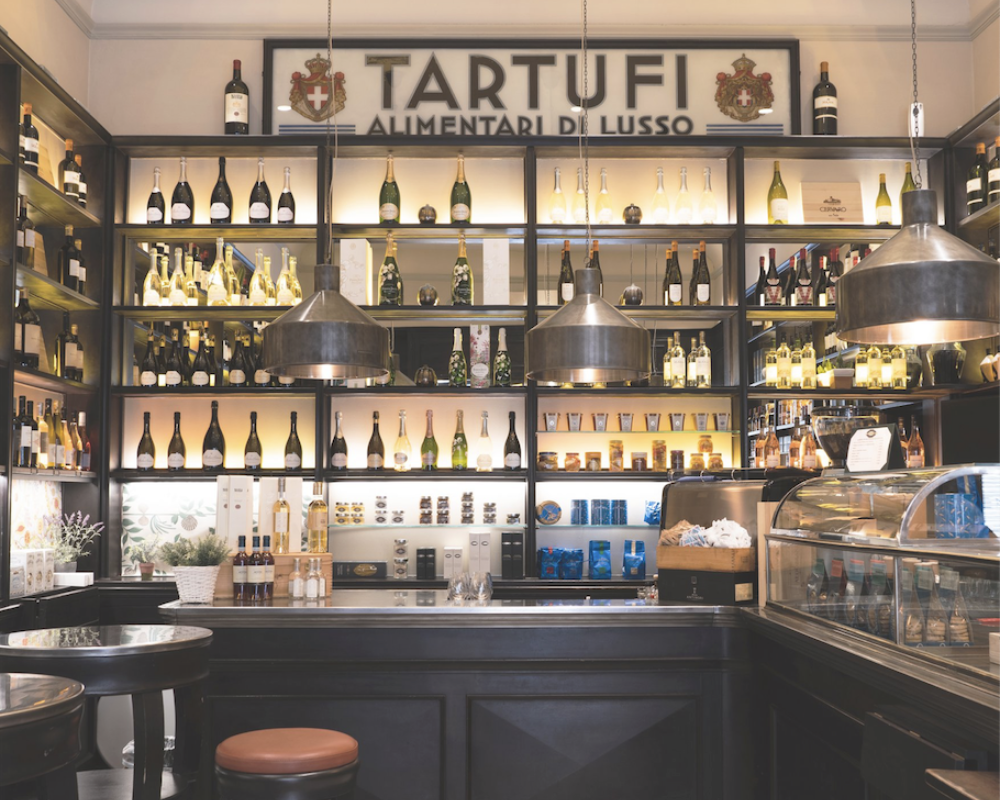
"Procacci's truffle sandwiches" are an institution in Florence. Credit is due to this small bar opened in 1885 by Leopoldo Procacci at the very central and elegant Via de' Tornabuoni, and awarded the Royal Coat of Arms by King Victor Emmanuel III in 1925. The Palladian floor, Art Nouveau counter and woodwork are the original ones from 1910. It has been owned by the Marchesi Antinori family since 1998.
Procacci
Via de Tornabuoni 64/r
Rivoire
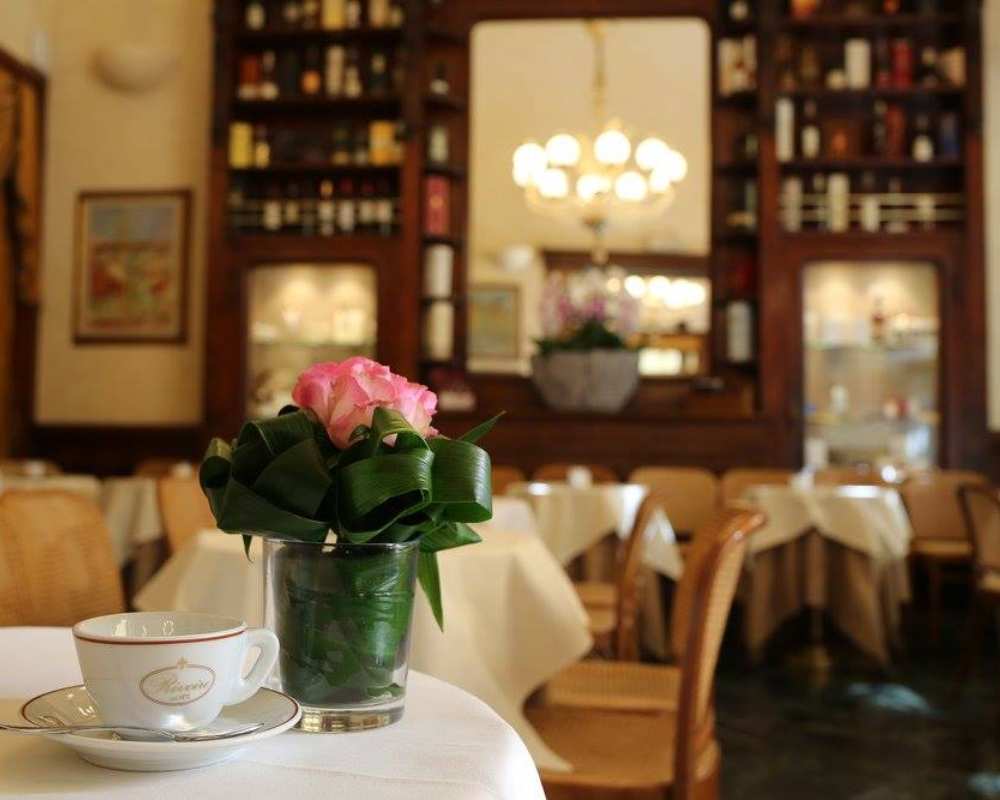
In 1872 Enrico Rivoire, a native of Turin and official chocolate supplier to the royal family, opened this establishment as a "steam chocolate factory." Here the Florentines learned to enjoy the chocolates and cups of chocolate typical of the Savoy tradition. The place quickly became famous, thanks in part to the splendid location it still occupies today, overlooking the Palazzo Vecchio. In 1977 the Rivoire family handed over to the Bardelli brothers, who maintain all the artisanal characteristics of the production: from the roasting of the cocoa to the packaging of the products. Inside, the environment has preserved the style of the early twentieth century.
Rivoire
Piazza della Signoria, 5/r
Robiglio
Sir Pietro Robiglio from Piedmont, after working as a baker and pastry chef in Milan and Verona, opened his first store in Florence in 1928, quickly creating a refined and loyal clientele. His son Pier Luigi, while endowed with an entrepreneurial flair, maintained the original artisanal imprint in the processing of the products, and Edoardo, his son, continues in the tradition. Today Robiglio is a modern pastry shop where, however, one can also appreciate the specialties of yesteryear: the Torta Campagnola, the Fruttodoro or the Gallette al latte. Part of the restaurant's furnishings, damaged by the 1966 flood, have been reconstructed on the originals.
Robiglio
Via dei Servi 112/r
Other venues: Via Tosinghi e in Viale S. Lavagnini
Vivoli Piero Il Gelato
In 1929, in the working-class Santa Croce neighborhood, Serafino Vivoli opened the Latteria Vivoli, which soon became a pleasant meeting place for Florentines, who came here for a cup of coffee and to buy whipped cream on Sundays. With their brother Raffaello, in 1932 the Vivoli brothers decided to try their hand at making ice-cream. Natural ice came from the Saltino, above Vallombrosa, where it was produced in winter and stored in iceboxes until summer; transport to the city took place at night to avoid melting. It was Piero, Raffaello's son, who between the 1960s and 1970s brought the ice-cream parlor fame to its zenith, going so far as to see it mentioned in guidebooks almost as if it were a monument.
Vivoli Piero Il Gelato
Via Isola delle Stinche, 7/r

